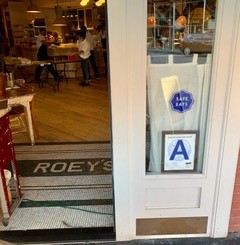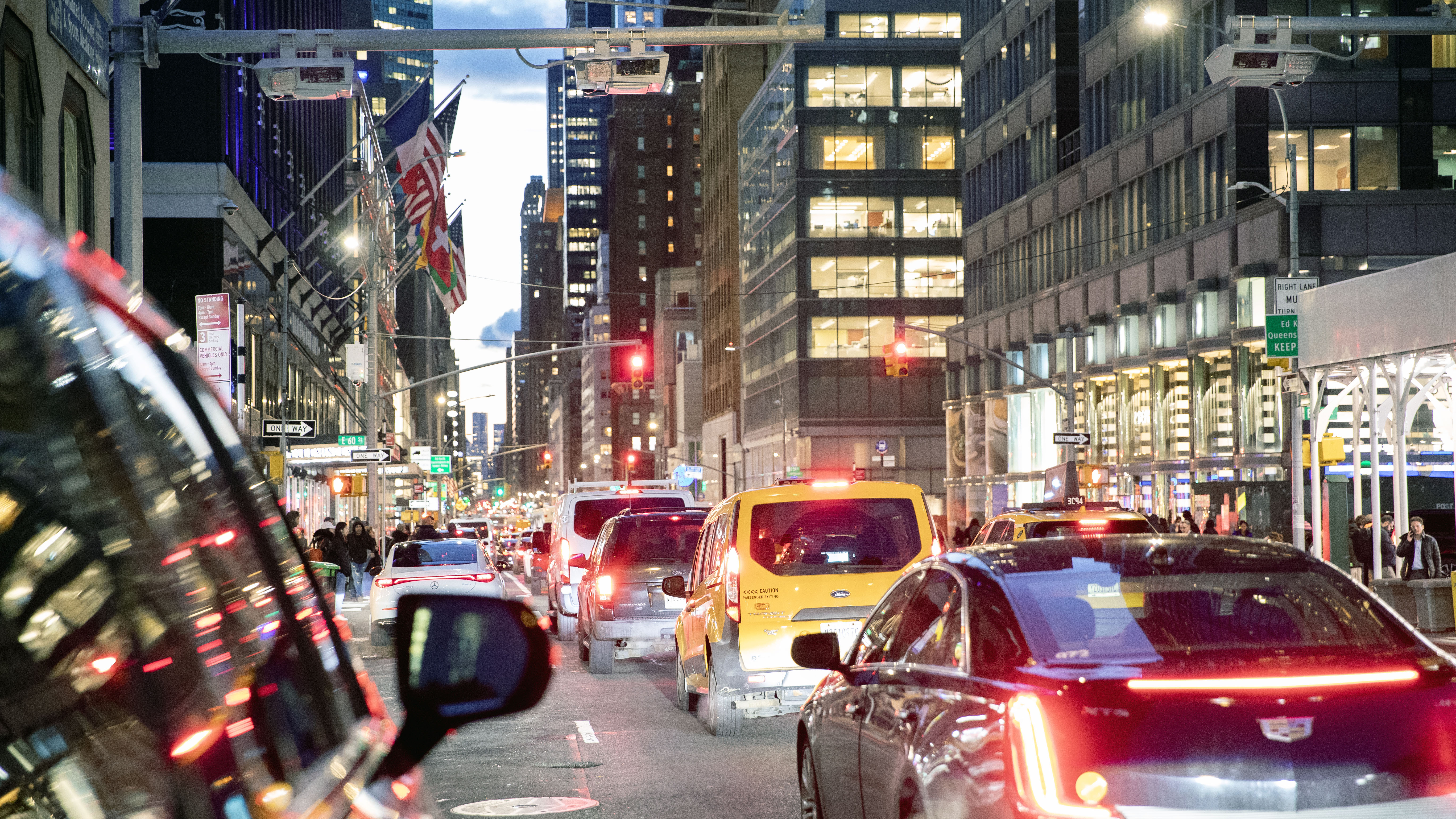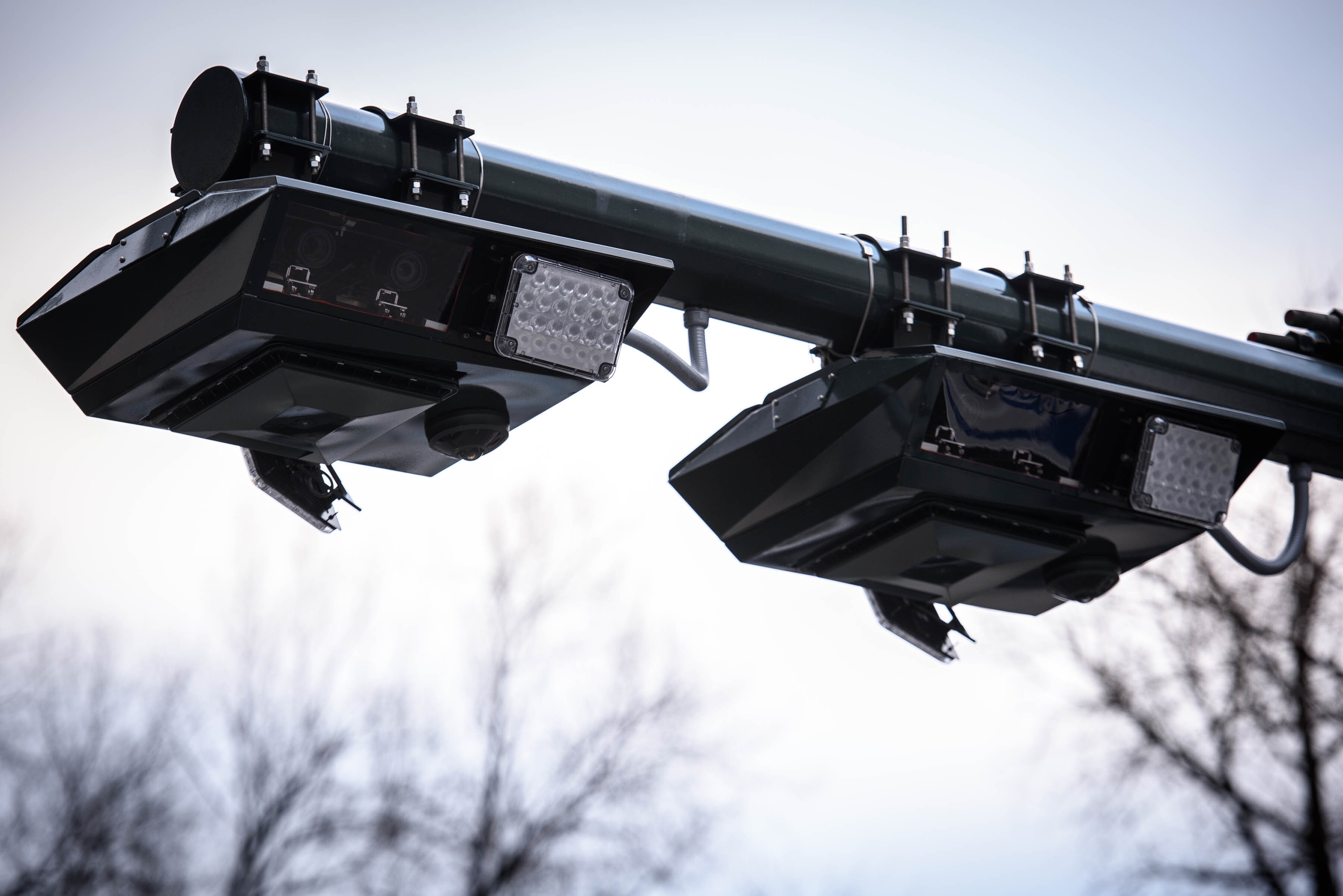After six grueling months, the coronavirus pandemic continues to be an uphill battle for the New York City restaurant industry. With over 1,000 closures, some desperately hanging on by a thread, restaurants are forging ahead but with fleeting certainty of a prosperous future.
A melting pot where culture meets cuisine, New York is home to numerous top-rated food establishments. Restaurants are a vital part of the lifeblood of what makes this city unique, attracting tourists and entrepreneurs alike. NBC New York spoke to over a dozen restaurant owners on the impact that Covid-19 has had on their business.
Delores Trono-DePierro is a Colorado native with over 15 years of experience in the hospitality industry. She opened her first New York restaurant, The Banty Rooster, in December 2019. It was a new challenge she always dreamed of pursuing as a restaurateur.

Get Tri-state area news and weather forecasts to your inbox. Sign up for NBC New York newsletters.
“When I was 29, I had the restaurant for just over 3 years in Denver before I sold it, and I sold it because I wanted the challenge of being in the city and doing what I do in the hardest place in the world,” said Trono-DePierro in a recent phone call with NBC New York.
With opening a restaurant comes a learning curve focusing on new customers and food critics, but what occurred soon after no one could have imagined. For this small business owner, battling Covid was like a series of gut punches. “You’re in a boxing ring with an invisible enemy that’s all too real,” described Trono-DePierro.
The largest hurdle for her was facing the enduring rent issue – having to afford $23,000 per month on top of property tax.
News
What originally felt like a promising enterprise was destroyed by the virus. In early March, Trono-DePierro made the painful decision to shut down her NYC establishment and laid off all 32 employees. “It was like being out to sea with a map that had some parts blank and some ever changing – and that was what navigating Covid was like,” she continued.
Trono-DePierro is not alone in facing these heartbreaking dilemmas. According to a report released earlier this month by Yelp and the New York City Comptroller, at least 2,800 small businesses closed permanently between March 1st and July 10th – nearly 1,300 consisting of restaurants.

Local chains have not been immune to these virus struggles either. Vegan restaurant, Taïm, has 5 franchises running across Manhattan with one soon opening in Long Island City. According to CEO, Phil Petrilli, at one point, the chain saw 50% of the business vanish.
CEO of Dig Food Group, Adam Eskin, also has faced uncertainty. “We’re operating a reduced number of locations, had to furlough a large portion of our staff as a repercussion of the closures, and are battling rent negotiations for several locations that remain closed,” Eskin shared via email with NBC New York.
Chef Kurt Gutenbrunner tells NBC New York how he was forced to close his restaurants for 2 months while furloughing staff. In early May, he reopened his Michelin-rated restaurant Wallsé with a pivot. “In early May, we reopened for takeout and delivery at Wallsé, which was something we had never done before,” quoted Gutenbrunner.
However, his other restaurant Café Sabarsky is currently still closed until further notice. When asked about future plans, he noted that the café would reopen as soon as the city allowed indoor seating.
With the future of indoor dining still a mystery, many small business owners are left in the dark on how to operate as colder months approach. Last week, the NYC Hospitality Alliance demanded an immediate answer to the city’s indoor dining plan.
“We demand a plan. Safety and health must be paramount, but our economic health must also be paramount, as well. Please, it’s urgent. Give these people the information and support they need,” begged NYC Hospitality Alliance Executive Director, Andrew Rigie, at a recent press conference.
Restaurateur, Carlos Suarez shared the uncertainty on many business owners’ minds. “We’re looking at a very bleak winter. Kind of, staring down the barrel of a shotgun come November when the weather changes and outdoor dining is no longer there,” shared Suarez.
In early July, NYC launched the Open Streets Program, a new initiative to expand seating options for restaurants by temporarily closing streets to create outdoor dining space.

Although the city’s Open Streets Program has been a savior for most, many owners feel the action was taken too late. Boqueria CEO, Yann de Rochefort vocalized his opinion on the lack of consistency and clarity given by the government programs. “I don’t envy the job of the Governor or Mayor, but I think frankly, the city waited too long,” shared de Rochefort.
Brooklyn Chop House Director of Operations, Stratis Morfogen, shared similar feelings through Skype, blaming a lack of responsibility on politicians, particularly when rolling back the indoor dining plans. “Opening a restaurant is not a light switch. We were preparing for 2 weeks, and guess what? They shut it down. Politicians should not be running small businesses,” said Morfogen.
Other restaurants could not reap the same benefits taking advantage of the open streets. Trono-DePierro commented how The Banty Rooster is located along a no standing zone, allowing only 18 feet. She related it to ‘drawing the short straw’ when it came to the city program, but also disappointed in the lack of consideration given by the local leaders.
Nevertheless, the hope among most is for the restaurants to keep outdoor dining as long as physically possible. Meatpacking District Management Association Executive Director, Jeffrey LeFrancois, told NBC New York that he has fought for open streets not just for hospitality but even for retail. He believes this should be a year-round program and up to restaurant owners to decide on how long to sustain an outdoor dining setup.
Besides the government programs to save the hospitality industry, restaurants have found their own creative strategies to boost revenue. Owner of The Oberon Group, Henry Rich, said his business now looks completely different than what it was pre-pandemic. He pivoted to providing a grocery and retail operation, plus launching a Wine of the Week club for customers.
Crown Heights Michelin-starred restaurant Oxalis switched to creating fine dining kits to enhance your home-cooked date night or brunch, providing a different theme every week.
Restaurateurs Suarez and de Rochefort co-found Safe Eats, a non-profit organization that provides business owners the latest safety guidelines and NY’s first trust mark sticker for safe dining.
 Safe Eats
Safe EatsEven with businesses adjusting to change, the future of New York’s restaurant industry still poses a few unknowns. Pat LaFrieda, the CEO of Pat LaFrieda Meat Purveyors, shared that he receives dozens of Chapter 11 notices from his restaurant clients every other day.
“I can no longer tell them to hold on. We are months after the period when we were supposed to reopen. Panic is setting in again,” added LaFrieda.
He, along with others mentioned, believe the industry has been operating over capacity for quite a while in the city. But with no tourism and residents fleeing to the suburbs, the growing concern is who will remain to revitalize the economy.
To Petrilli, the number one concern is what NYC will look like next year. He fears that New Yorkers may not return post-Covid, having found new areas with cheaper rent and better opportunity.
“A lot of places have great food and cultural scenes, really low unemployment (pre-COVID) and you can triple your living space while paying half of what you did in NYC. So, what will the city look and feel like without the mass of humanity invading it every day?,” answered Petrilli.



